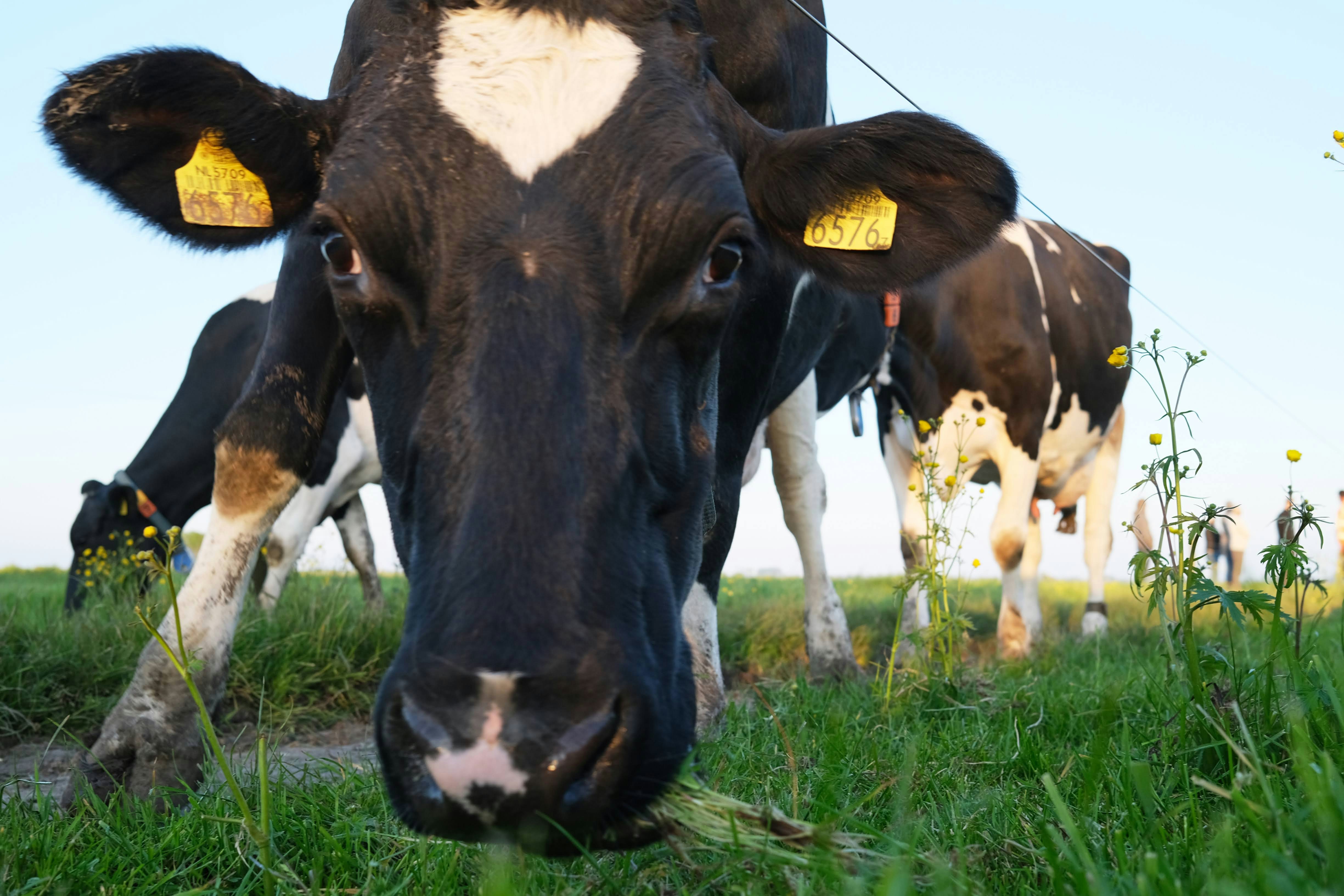Media release
From:
Single mutation in bovine H5N1 switches viral binding specificity to human receptors
Science
A single mutation in bovine influenza H5N1 – a clade of the highly pathogenic avian influenza virus that has been increasingly detected among North American livestock herds – can cause the virus to switch affinity from animal-type receptors to human-type receptors, according to a new study.
The findings highlight the crucial need for continuous surveillance of emerging H5N1 mutations, as even subtle genetic changes could increase the virus's capacity for human adaptation and transmission, potentially triggering a future influenza pandemic.
In 2021, the highly pathogenic influenza H5N1 clade 2.3.4.4b virus emerged in North America, demonstrating a remarkable ability to infect a wide range of hosts, including avian species, marine mammals, and humans.
By 2024, this virus had spread extensively among dairy cattle in the United States and has been detected in at least 282 dairy herds in 14 states in the US. It’s also resulted in several confirmed human infections. Although there are currently no documented cases of transmission of bovine influenza H5N1 between humans, the virus's history of high mortality rates and its ability to adapt have raised serious concerns about a pandemic threat.
A critical barrier to human-to-human transmission is the virus’s receptor binding preference, which currently favors avian receptors over human ones. However, several influenza pandemics in the past illustrate viral hemagglutinin (HA) proteins can acquire mutations that shift receptor binding preference from animal-type receptors to human-type receptors.
To evaluate the potential for recent H5N1 clade 2.3.4.4b viruses to adapt to human-type receptor specificity, Ting-Hui Lin and colleagues engineered targeted mutations in the receptor-binding site (RBS) of the first-reported human-infecting bovine H5N1 virus (A/Texas/37/2024, Texas). Although this particular viral strain retains avian-type receptor specificity, Lin et al. found that a single mutation, Gln226leu in the HA protein, can shift its receptor preference entirely to human-type receptors, increasing the virus’s potential for human transmission.
Moreover, adding a second mutation – Asn224Lys – further enhances human receptor binding to near-pandemic levels seen in the 2009 H1N1 virus while eliminating avian receptor affinity. According to the authors, the findings underscore the heightened risk of interspecies transmission for H5N1, especially among those who work closely with livestock or during coinfections with seasonal flu, which could facilitate reassortment events.
Article #adt0180: "A single mutation in bovine influenza H5N1 hemagglutinin switches specificity to human receptors" by Ting-Hui Lin, Xueyong Zhu, Shengyang Wang, Ding Zhang, Ryan McBride, Wenli Yu, Simeon Babarinde, James C. Paulson, Ian A. Wilson.



 International
International



